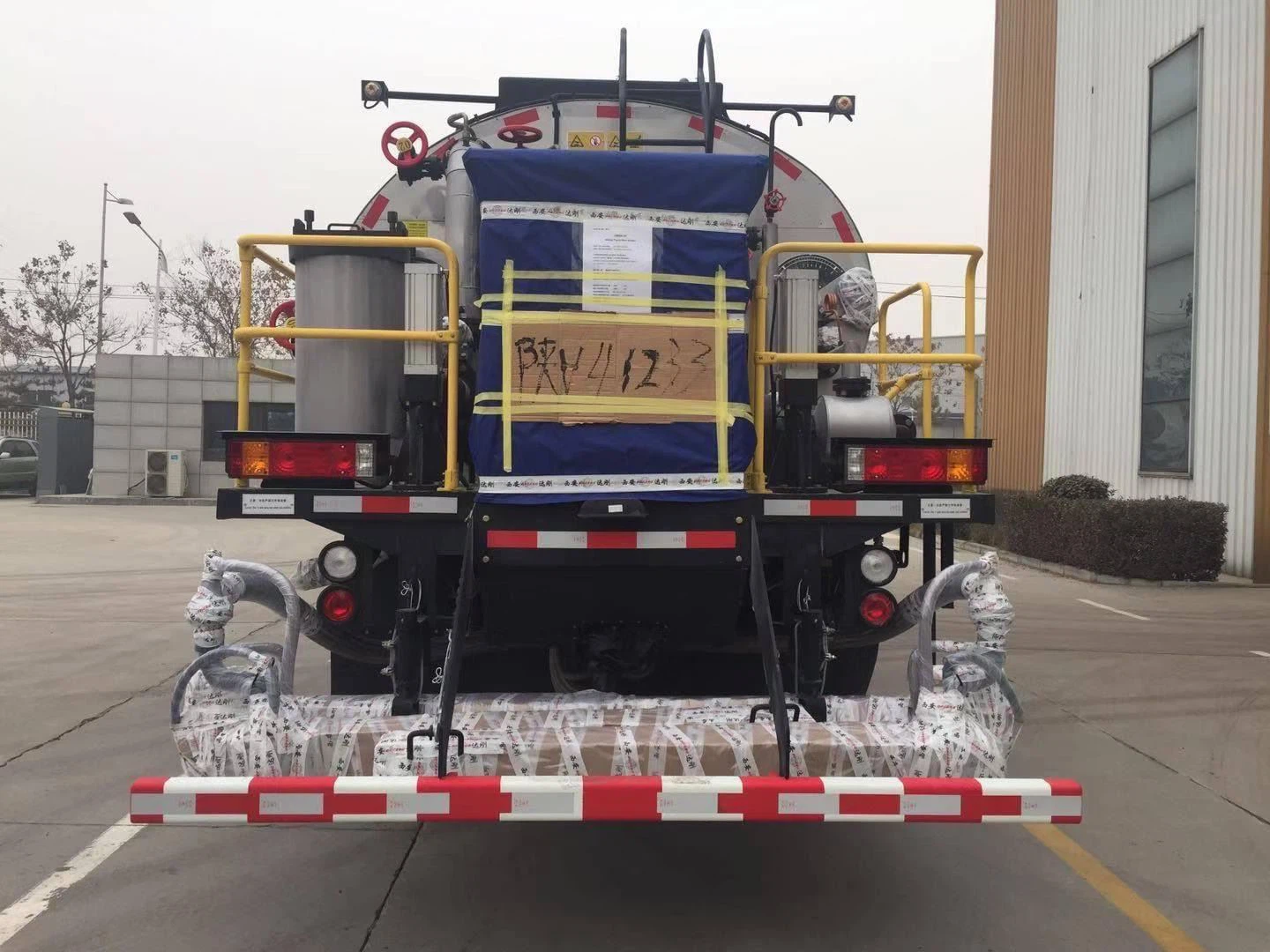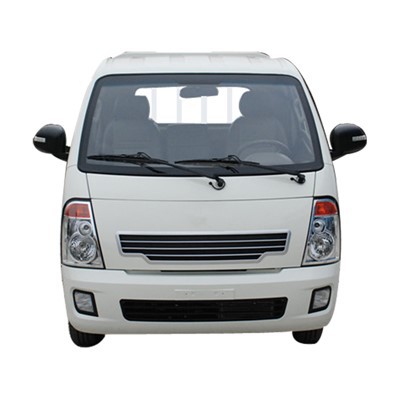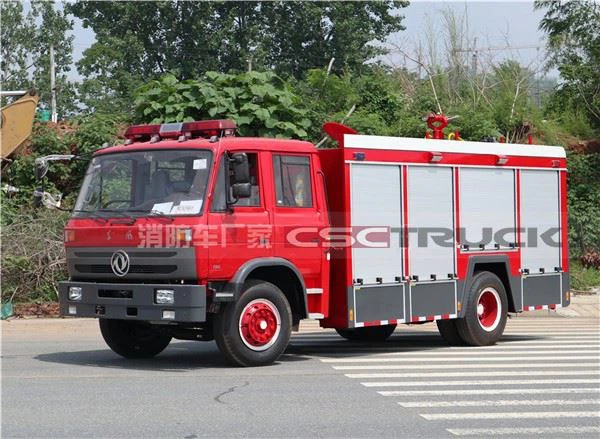Understanding Mini Truck Dimensions: A Comprehensive Guide

Introduction to Mini Truck Dimensions
When considering purchasing a mini truck, one of the most crucial factors to think about is its dimensions. Mini trucks are compact vehicles that offer versatility for both commercial and personal uses. They are popular for their ability to navigate tight spaces while still providing ample cargo capacity. In this article, we will explore mini truck dimensions in detail, helping you understand the variations, benefits, and what to consider when choosing the right mini truck for your needs.
What is a Mini Truck?
A mini truck typically refers to a small, lightweight pickup truck that is often used in urban areas and for short-distance transportation. These vehicles are characterized by their simplicity, efficiency, and practical design, making them a favorite choice for businesses like landscaping, delivery services, and more.
The History of Mini Trucks
Mini trucks originated from Japan in the 1960s. Due to their compact size and fuel efficiency, they quickly became popular for agricultural and utility tasks. Over the years, mini trucks have evolved, incorporating modern features while maintaining their traditional utility aspects.
Common Mini Truck Dimensions
Mini trucks come in various sizes and dimensions, depending on the make and model. Here, we will outline the standard dimensions along with examples.
Length, Width, and Height Overview
| Model | Length (ft) | Width (ft) | Height (ft) |
|---|---|---|---|
| Suzuki Carry | 11.2 | 5.1 | 6.2 |
| Daihatsu Hijet | 11.1 | 4.9 | 5.9 |
| Honda Acty | 11.3 | 4.9 | 6.1 |
Typical Dimensions Breakdown
Most mini trucks have the following average dimensions:

- Length: 11 to 12 feet
- Width: 4.5 to 5.5 feet
- Height: 5.5 to 6.5 feet
Factors Affecting Mini Truck Dimensions
Several factors influence the overall dimensions of a mini truck. Understanding these factors can help you identify which mini truck suits your requirements best.
1. Purpose of Use
The intended purpose significantly affects the design of a mini truck. For instance, a truck designed for commercial use may prioritize cargo space over passenger comfort, impacting its dimensions.
2. Model Variations
Different manufacturers have various models, each with unique designs and dimensions. For example, some models are designed as flatbeds for easier loading and unloading, while others may have enclosed beds for enhanced protection of cargo.
3. Load Capacity
Load capacity is related to truck dimensions. A mini truck with a larger load capacity will generally have a longer bed, influencing its overall length and height.
Benefits of Mini Truck Dimensions
The dimensions of mini trucks provide several benefits for both personal and commercial use.
1. Maneuverability
A key advantage of mini truck dimensions is their ability to navigate through narrow city streets and tight parking spaces effectively. Their small size makes them an ideal choice for urban environments.
2. Fuel Efficiency
Smaller dimensions usually mean lighter vehicles. This contributes to better fuel efficiency, which is a significant cost-saving factor for businesses relying on these vehicles for transport.
3. Versatile Usage
Mini trucks can be used for varied applications, from carrying goods to serving as personal vehicles for weekend trips. Their dimensions ensure that they can switch between these uses without requiring extensive modifications.
How to Choose the Right Mini Truck Dimensions
Choosing the right mini truck dimensions can significantly impact your satisfaction with the vehicle. Here are some tips to guide your decision-making process:
1. Assess Your Needs
Before selecting a mini truck, list down your primary uses. Will it be used for transporting cargo, personal trips, or both? Understanding your needs will guide you in choosing the dimensions that best fit your requirements.
2. Test Drive and Measure

Whenever possible, test drive various models. Physically measuring the cargo space and dimensions can provide a clearer perspective on what you might need.
3. Research Local Regulations
Different regions may have specific regulations around vehicle dimensions—especially for those used commercially. Researching these can help avoid future inconveniences.
Practical Examples of Mini Truck Applications
Mini trucks are versatile and can be used in various applications. Here are some practical examples:
1. Landscaping and Gardening
Landscapers often utilize mini trucks for transporting tools, plants, and soil. Their dimensions allow them to navigate narrow residential streets.
2. Delivery Services
Many small businesses choose mini trucks for deliveries due to their compact size, allowing for efficient parking and access to areas where larger vehicles cannot go.
3. Personal Use and Weekend Getaways
For families, mini trucks work great for day trips, camping, or small hauls, thanks to their ability to carry extra gear without the bulk of a standard truck.
Maintenance and Care of Mini Trucks
Like any vehicle, maintaining a mini truck is essential to ensure longevity and performance. Here are some maintenance tips:
1. Regular Inspections
Schedule regular inspections focusing on vital areas such as brakes, tires, and suspension, which can wear differently in smaller vehicles.
2. Proper Load Distribution
Always ensure that the load is evenly distributed. Overloading one side can affect handling and increase wear.
3. Keep it Clean
Regularly wash your mini truck and clean the bed area to prevent rust and wear, especially if transporting corrosive materials.
Frequently Asked Questions (FAQs)
1. What is a mini truck’s average payload capacity?
The average payload capacity of a mini truck ranges from 1,000 to 2,000 pounds, depending on the model.
2. Are mini trucks road-legal in all states?
Not all states recognize mini trucks as street-legal vehicles. Check local regulations before purchasing.
3. What is the best mini truck for personal use?
This depends on individual needs, but models like the Suzuki Carry and Honda Acty are popular for personal use due to their balance of size and functionality.
4. Can I modify the dimensions of a mini truck?
While you can modify bed size or lift the truck, altering dimensions can affect handling and may not be recommended without professional guidance.
5. Is insurance expensive for mini trucks?

Insurance costs can vary but are generally lower than standard trucks due to their size and power. Always shop around for the best rates.
6. How does the size of mini trucks affect their resale value?
Generally, mini trucks maintain good resale value, especially models with popular dimensions and features. Regular maintenance also helps preserve value.
